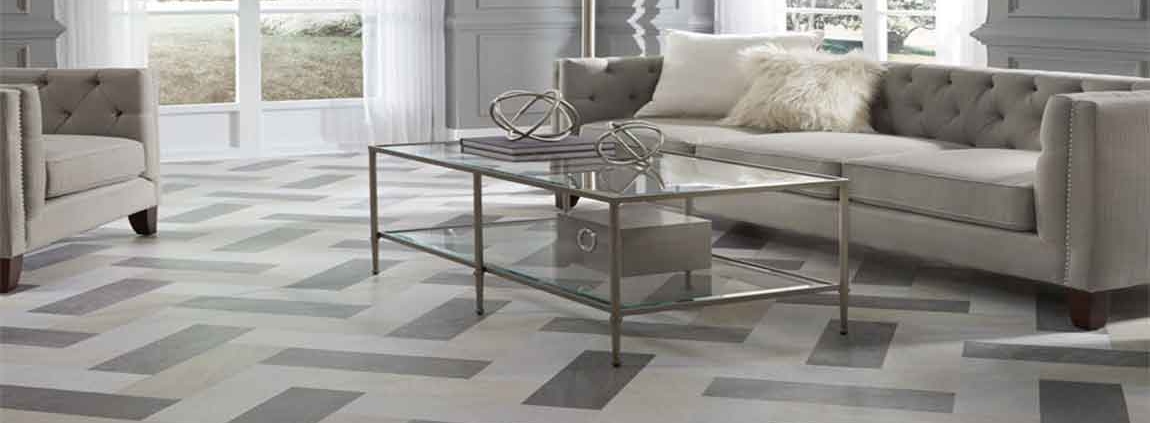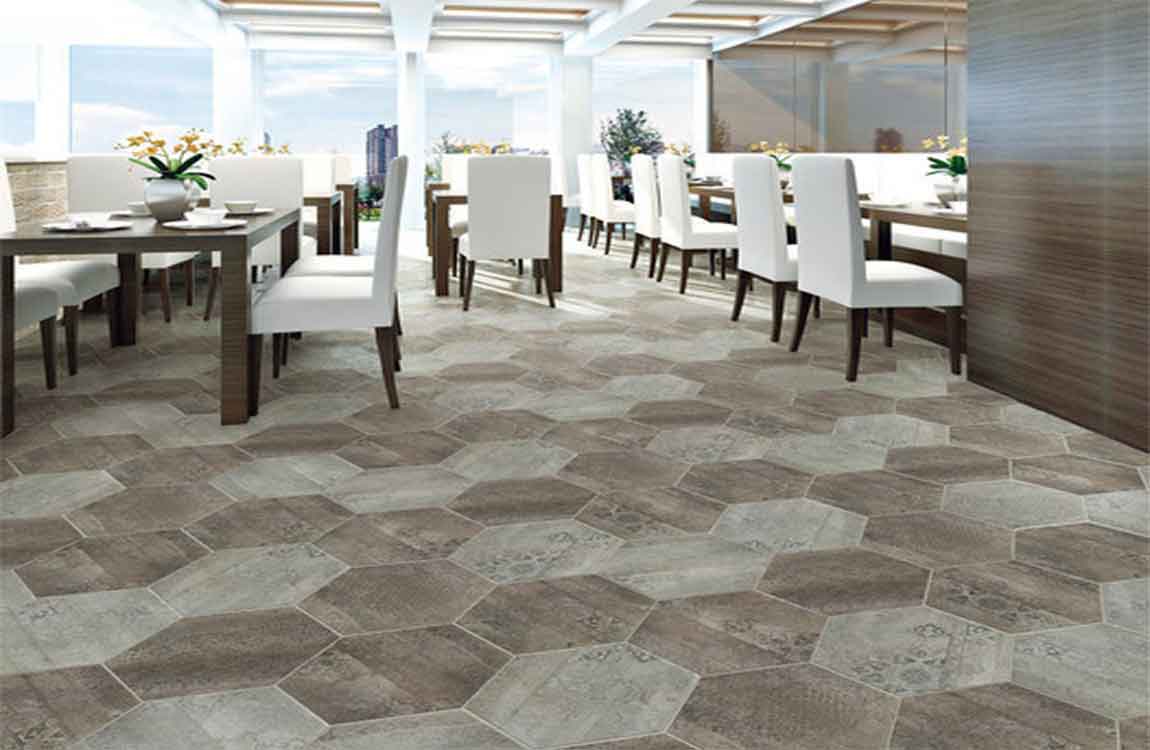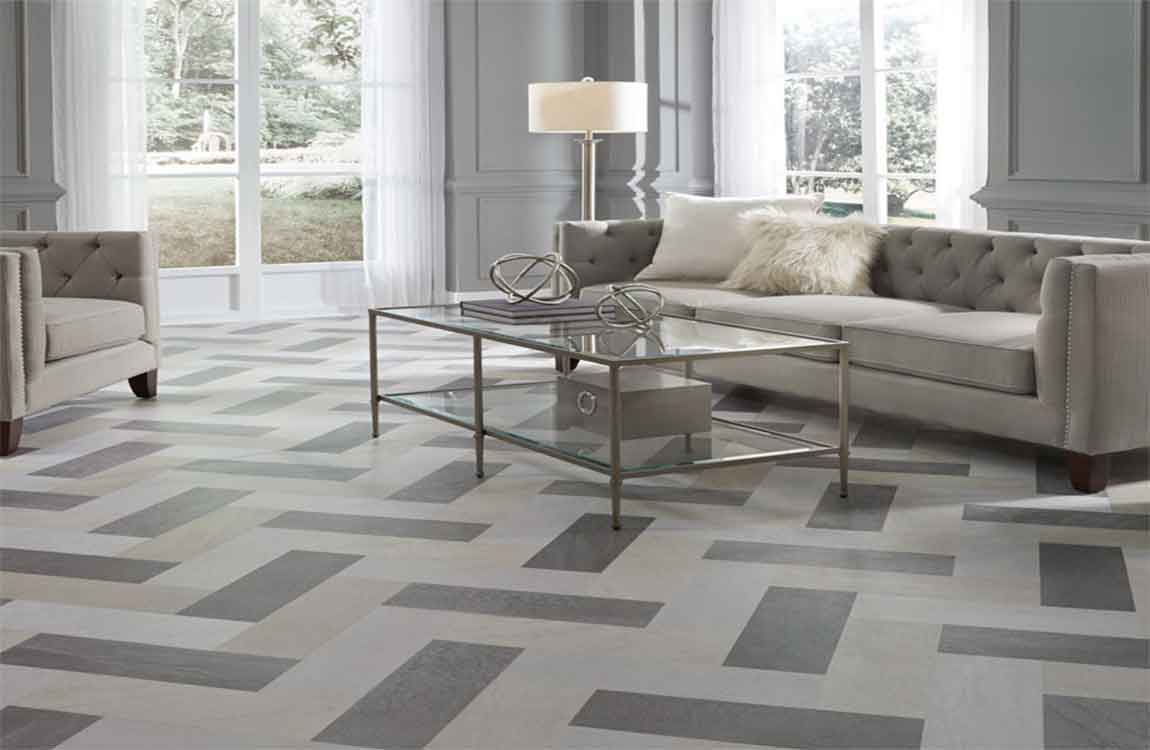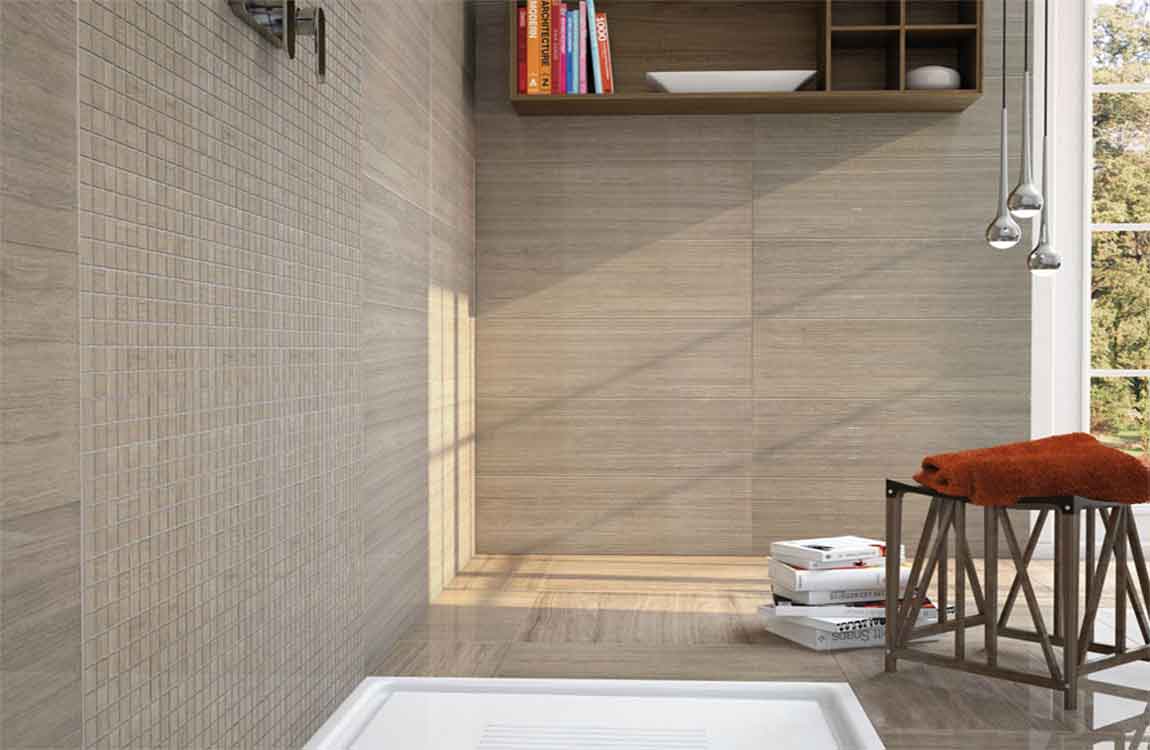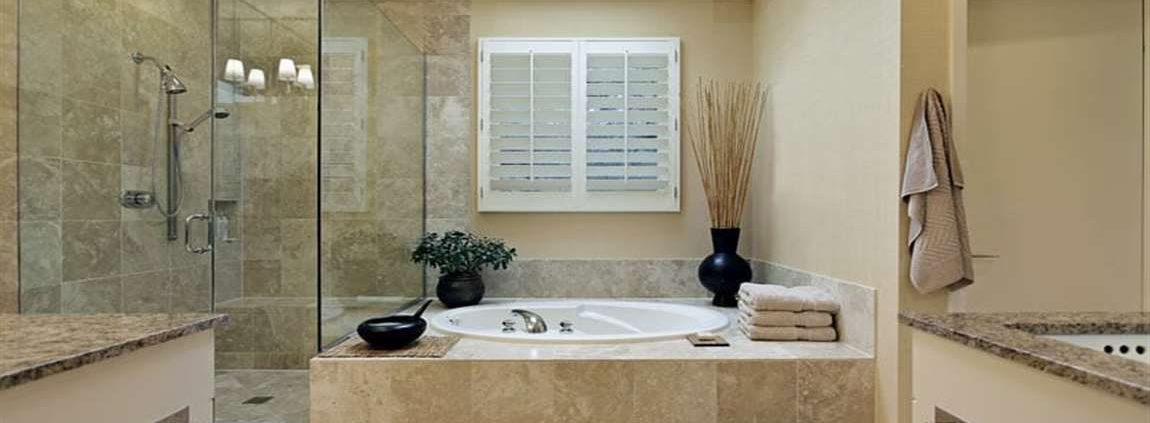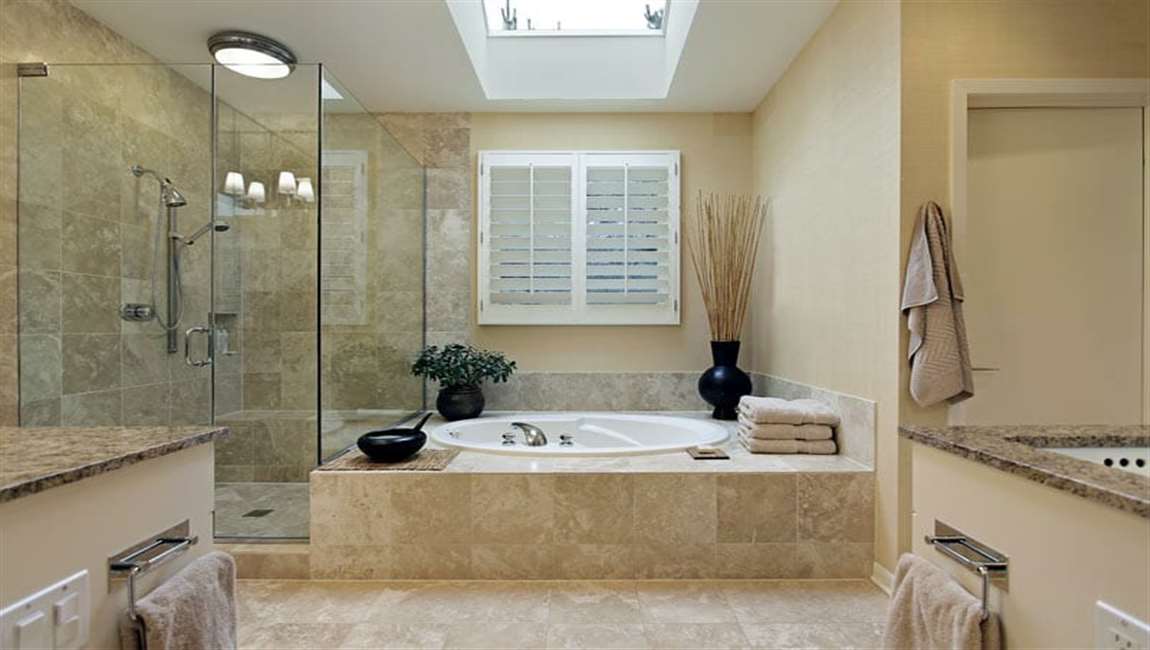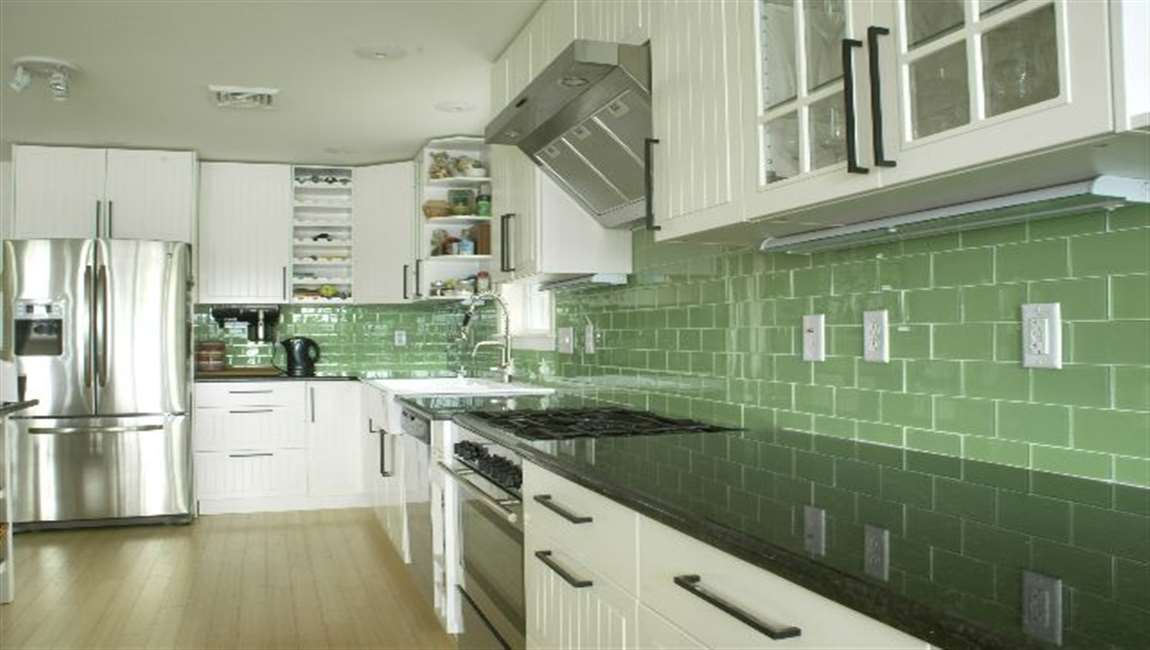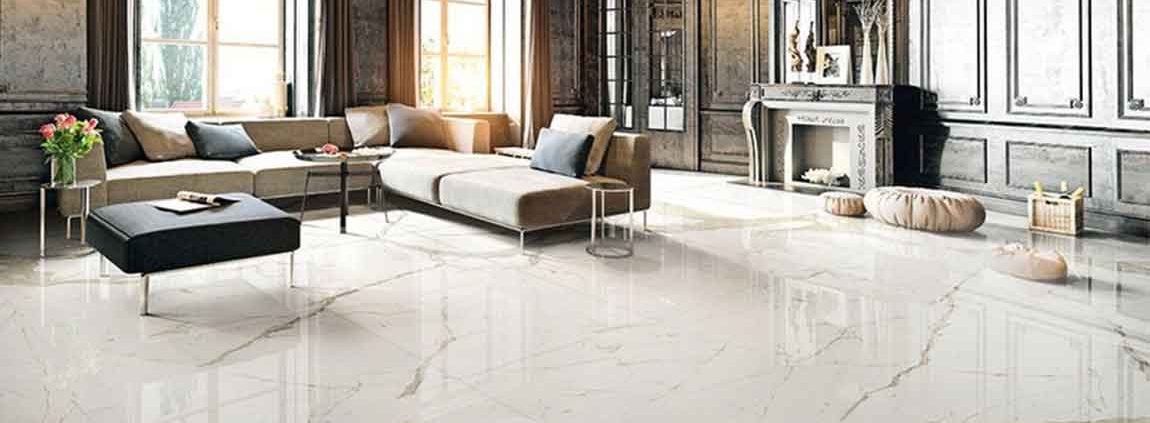How Doing a Routine Cleaning?
Sweep away and dirt or debris. Any loose dirt, debris, or dust should be swept from cement floors or walls before you begin cleaning. Use a broom to sweep the cement as clean as you can before applying a cleaner. When sweeping down a cement wall, lay down a tarp to catch loose dirt, debris, and dust.
Put on protective gear if necessary. When using chemical cleaners, such as degreasers, gloves and goggles are generally necessary. You should also wear older clothing, regardless of what kind of cleaner you’re using, as cleaning cement may get messy. Prepare a cleaning solution. Mildly dirty cement can be cleaned with mild laundry detergent diluted with warm water.
In a bucket, mix a third cup of your detergent with a gallon of water. When using degreaser, consult the label to figure out the proper degreaser to water ratio. Pour the solution on the concrete. It’s best to work in sections, especially when cleaning a large amount of cement. Pour enough of your cleaner over the cement you’re working on to get it thoroughly wet.
For very dirty concrete, allow the cleaner to sit for a few minutes before proceeding to clean it. Scrub the concrete. Use a deck brush to scrub your cleaner into the cement. Work the cleaner in until you’ve removed any troublesome layers of dirt and dust, and any obvious stains or set in dirt.
For very dirty floors, let the cleaner sit for five to ten minutes after scrubbing it once. Then, repeat the process. Rinse with a hose or pressure washer. A pressure washer is the best means to remove a cleaner from cement. These can be rented at most hardware stores. If you do not have a pressure washer, a high pressure hose can be used to rinse the cement.

